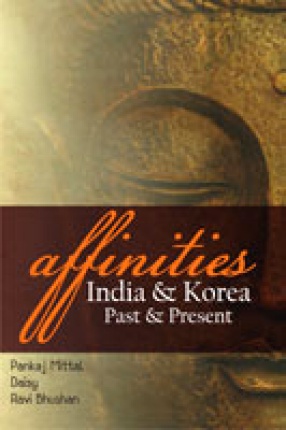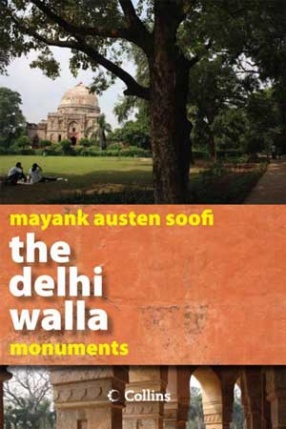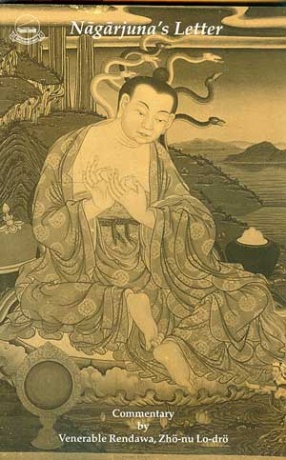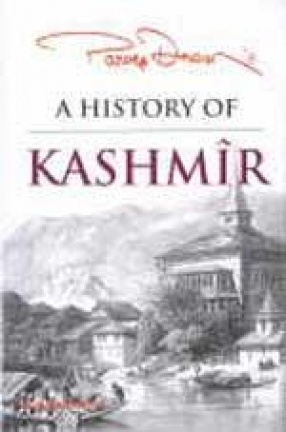India has a fascinating history of cultural relationship with South-East Asia, spanning across more than the last two millennia, mainly with the spread of Buddhism and Hinduism, deeply impacting the cultural, religious and social lives of people in countries such as Cambodia, Indonesia, Laos, South Korea, Sri Lanka, Thailand and Vietnam. The Hindu-Buddhist monuments in South-East Asia stand testimony of this peaceful and mutually beneficial interaction. The contents of this book — Mekong-Ganga Axis — centre around India’s association with most of the countries of the region, especially those on either side of the Mekong River.
Most of the South-East Asian countries were influenced by more than two foreign cultures, though they have an indigenous culture. The Chinese and Indian cultures had impacted them the most, in addition to the European influence. However, only India’s impact was peaceful and, to a great extent, non-political. This paved the way for many developments in architecture, religious engagements, interculturality, syncretism of cultures, inter-literariness, composite literary cultures, religious arts, trade relations and so on.
This book thus critically engages one to all these topics and more, and recalls India’s glorious relationship of the forgone era with these countries, showcasing somewhat a similar kind of cultural/religious affinity from South China to India. And two great rivers, Mekong and Ganga, are witness to it. It also reinstates the criticality of India to be engaged with these countries at present because of the compulsions of a globalized world.






There are no reviews yet.